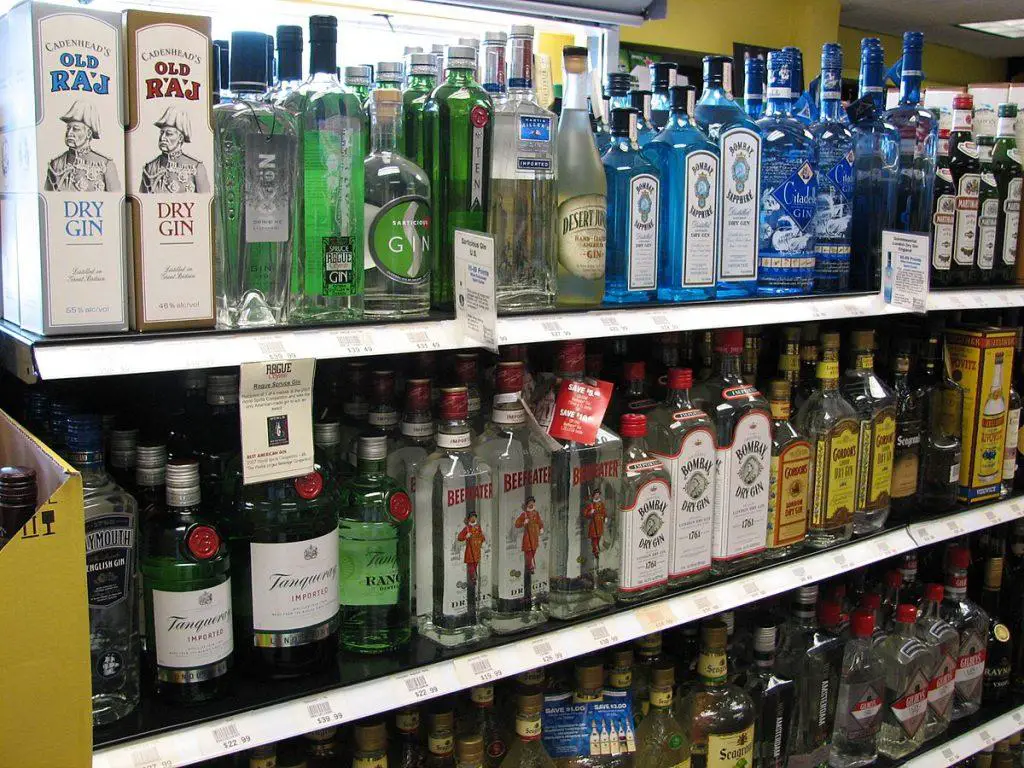GIN
DEFINITION
Gin is a flavoured alcoholic beverage, which produced by re-distilling high proof spirit with Juniper berries and other flavouring agent.
HISTORY OF GIN
“Shaken, not stirred.” A classic line, for a classic cocktail–the preferred martini of James Bond, the debonair British secret agent immortalized in Ian Flemming’s novels.
Gin was first created as a medicine by a Dutch chemist Franciscus De La Boe in 1650. He was a professor in university of Leiden. At that time it was believed that Juniper berries contain aromatic oil that offers diuretic properties that can cure bladder & kidney ailment.
England introduction to gin came when British soldier returning from Netherland sampled the juniper-flavoured spirit & nick named it “DUTCH COURAGE”. The Dutch called it Genievre (French word for juniper) the English call it Gin.
Once called “Mother’s Ruin”, and scorned by the upper classes because it was the drink of the sodden poor. Contemporary work of William Horgarth “”The Beer Street and gin Lane” reflect the condition & the effect of gin drinking on society.
English gin became very popular after 1690, when the government tried to make a market for low-grade corn unsuitable for brewing. The government heavily increased the duty on imported spirits and opened the spirit industry to the public, without any license or control. Queen Anne (1702-14) of England increased the duty on other spirit to increase the popularize the Gin
The most common style of gin is London Dry. In 18th century London, most gins were sweetened to disguise their rawness. Pioneering distillers experimented with making unsweetened gin, which was smooth in character, with elegant aromatic flavors, giving rise to the style of gin known as London Dry, now produced around the world.
One of those pioneers, Alexander Gordon, founded his distillery in London in 1769, and set the standards of quality for superior gin. Another famous gin pioneer was Charles Tanqueray. He established his London distillery in 1830. Tanqueray perfected the art of producing the purest unsweetened gin, with a dryness that complements the flavor of the juniper and other botanicals used in its manufacture.
Processing of Gin
- Grain
- Steeping
- Malting
- Germination
- Kilning
- Sieving
- Grinding (Formation of grist)
- Extraction of sugar (Boiling in water and formation of WORT)
- Fermentation in VATS
- Distillation (Production of crude alcohol)
- Addition of Botanicals
- Re-distillation
- Rectification
TYPES OF GIN
British or London Dry Gin— In England the gin mash usually contains more barley and less corn (75% corn 15% barley 10% any grain). English producer feels that this produces extra smooth gin. Their gin are distilled at higher proof & having a balanced bouquet of juniper berries & other flavouring. They are light, dry, crispy . These are ideal for drinking neat.
Dutch Gin or Holland Gin or Schiedam Gin– They are generally produced in slightly different mode than the others. It is produced from mash of equal parts of corn rye and malted barley. The combination is the subject to pot still distillation at around 100 US proof. The distillate is re-distilled or rectified in the presence of Juniper berries in a pot still at around 100-110 US proof. Since Dutch gins are produced at a very low proof from the pot still, they generally have a very high percentage of congener elements which make them very heavy strong flavoured with full taste of Juniper berries, pungent, malty & pronounced grain flavour. Hence they are generally drunk straight and cold in Holland. They are three types of genever.
Oude (old)- The original style
Jonge (young)- The 20th century style
Korenwijn (corn wine)- The deluxe version. This gin is pale in colour, matured in cask for three years, sold in traditional stone jars.
Old Tom Gin– This is dry gin sweetened by sugar syrup. This gin was quiet popular in 18th cent. This use to be good base for Tom Collins cocktail. Now it is rarely produced
Plymouth Gin – This is actually an appellation and produced by coats of firm Plymouth England that was founded in 1798. It was traditionally associated with Royal Navy. It is drier than London dry gin and it was believed that it a good way of taking bitters for intestinal disorders.
Steinhager Gin – German counterpart of London dry gin with slight more flavour of juniper berries.
Golden Gin – Aged in oak barrels for slight period of time. The golden brown colour is extracted from wood.
Sloe Gin – Actually this is not gin. It is liqueur produced from the addition of sloe berries fruit of black thorn using gin as base. Now a day this liqueur is produced using any other neutral spirit.
BRANDS NAME
| London Dry Gin | Dutch Gin | American Gin | Indian Gin |
| Beefeater | Bols | Boothes | Forbes |
| Gilbey | Kuyper | Boodles | High Society |
| Gordon | Wenneker | Burnetts | Dunhill |
| Bombay Sapphire | Dutch Courage | Seagram Extra Dry | Aristocrat |
| Plymouth | Blue Riband | ||
| Tanquery | Mikado | ||
| Bellows |
